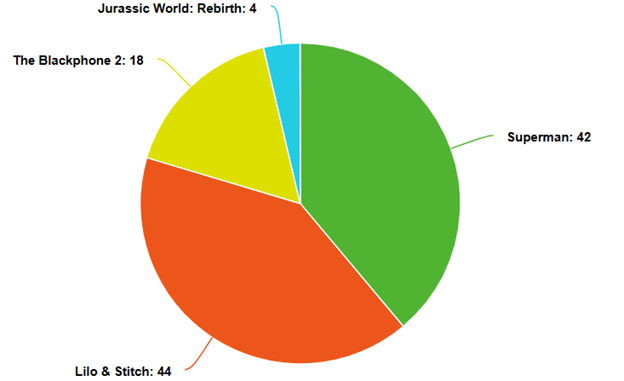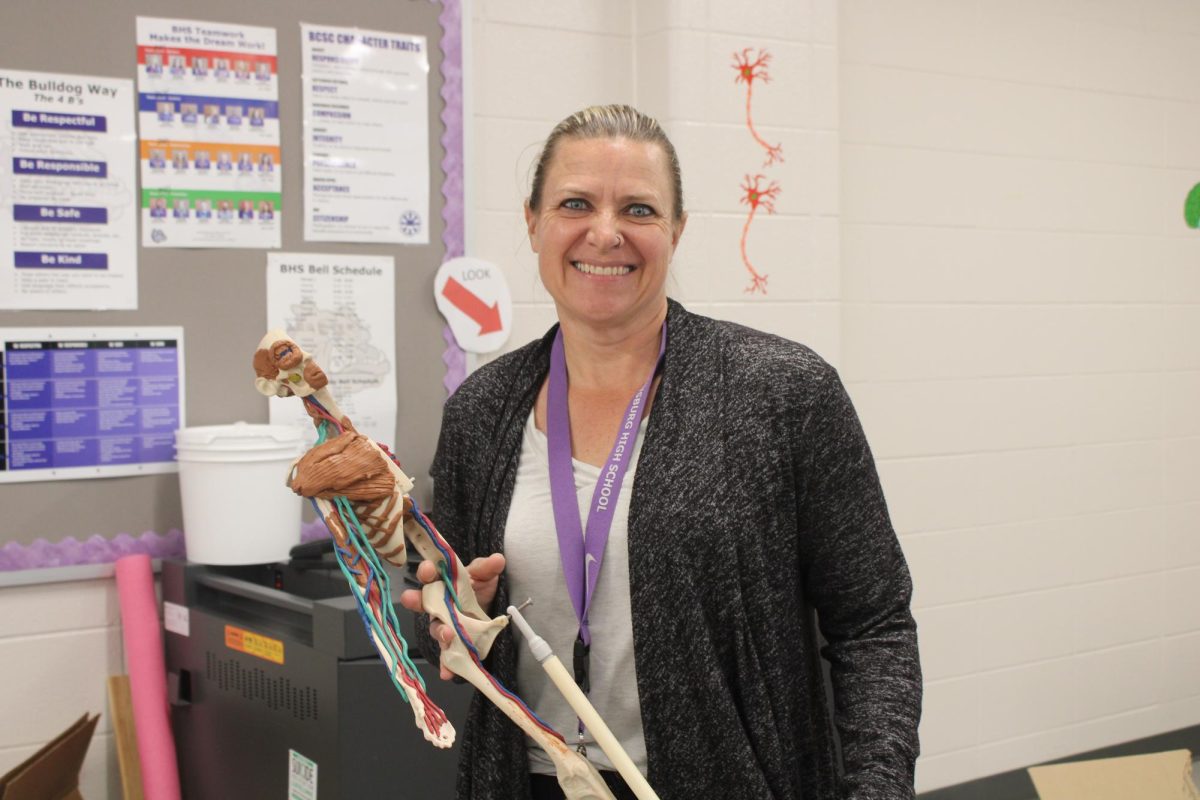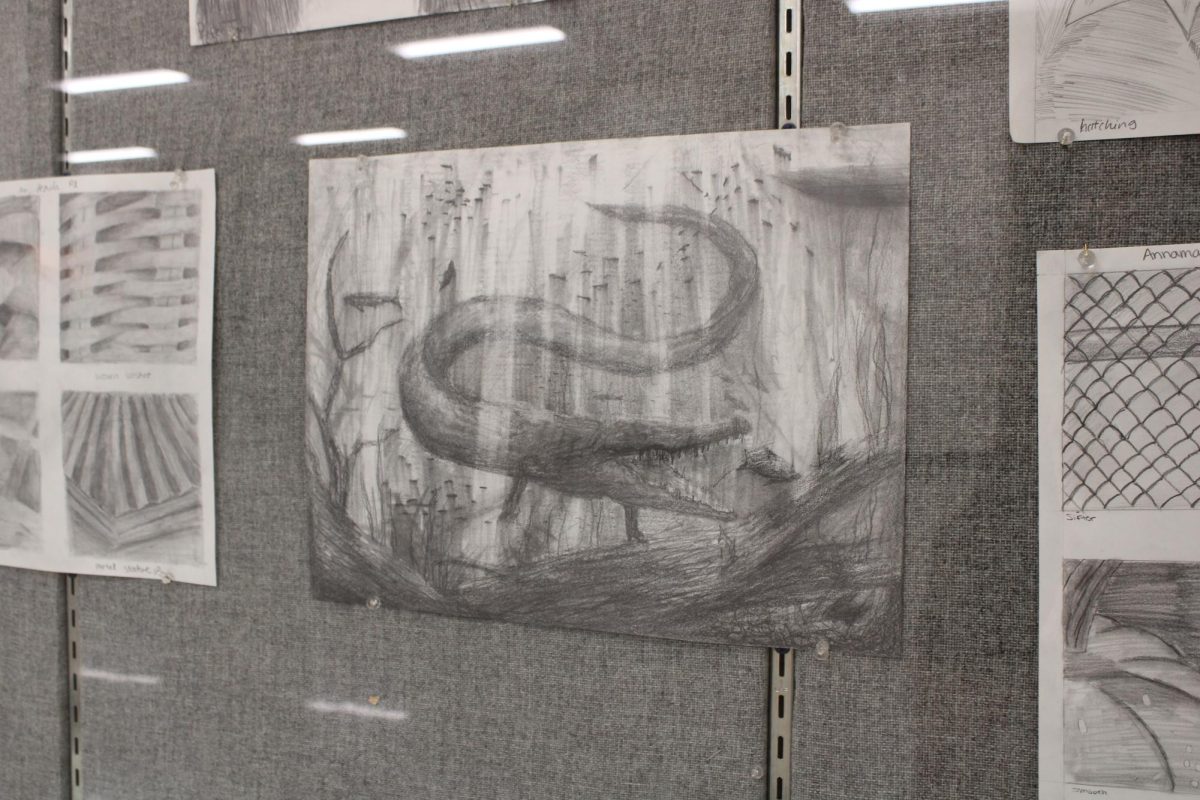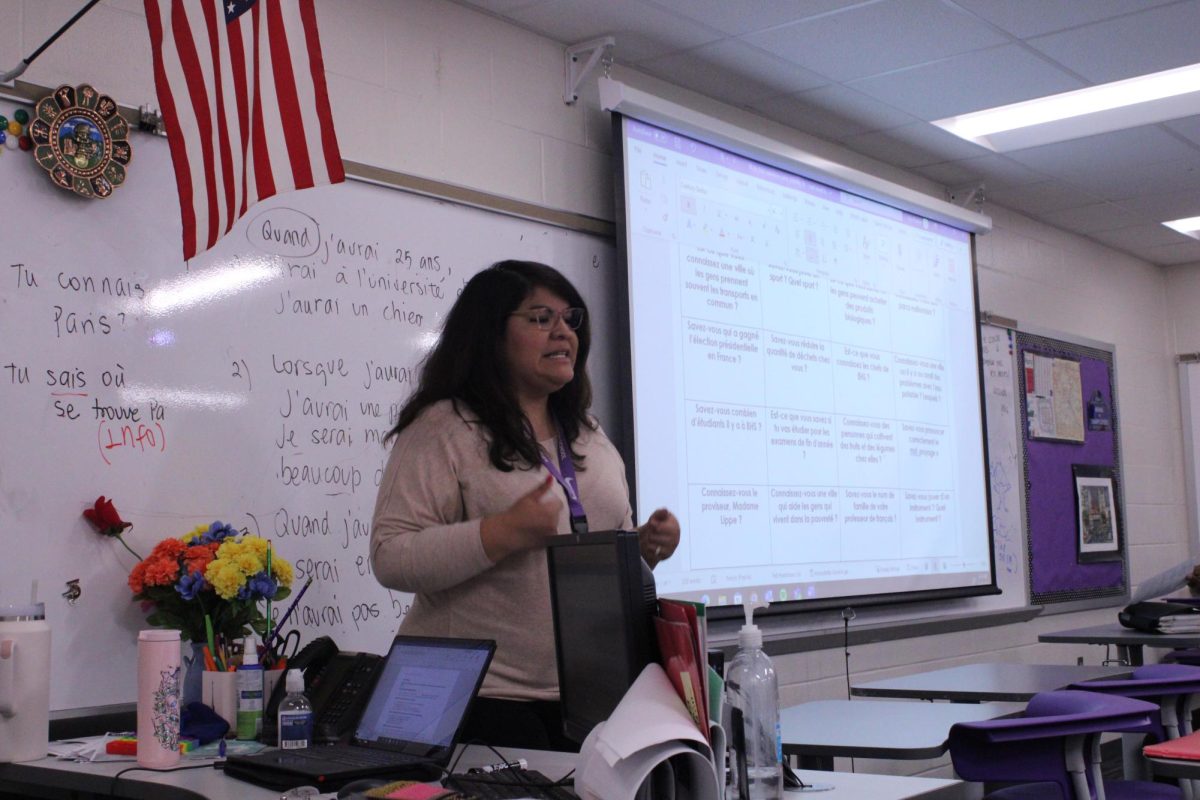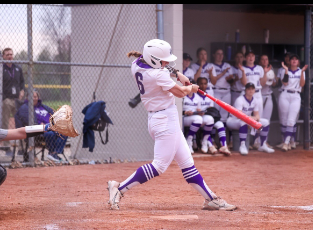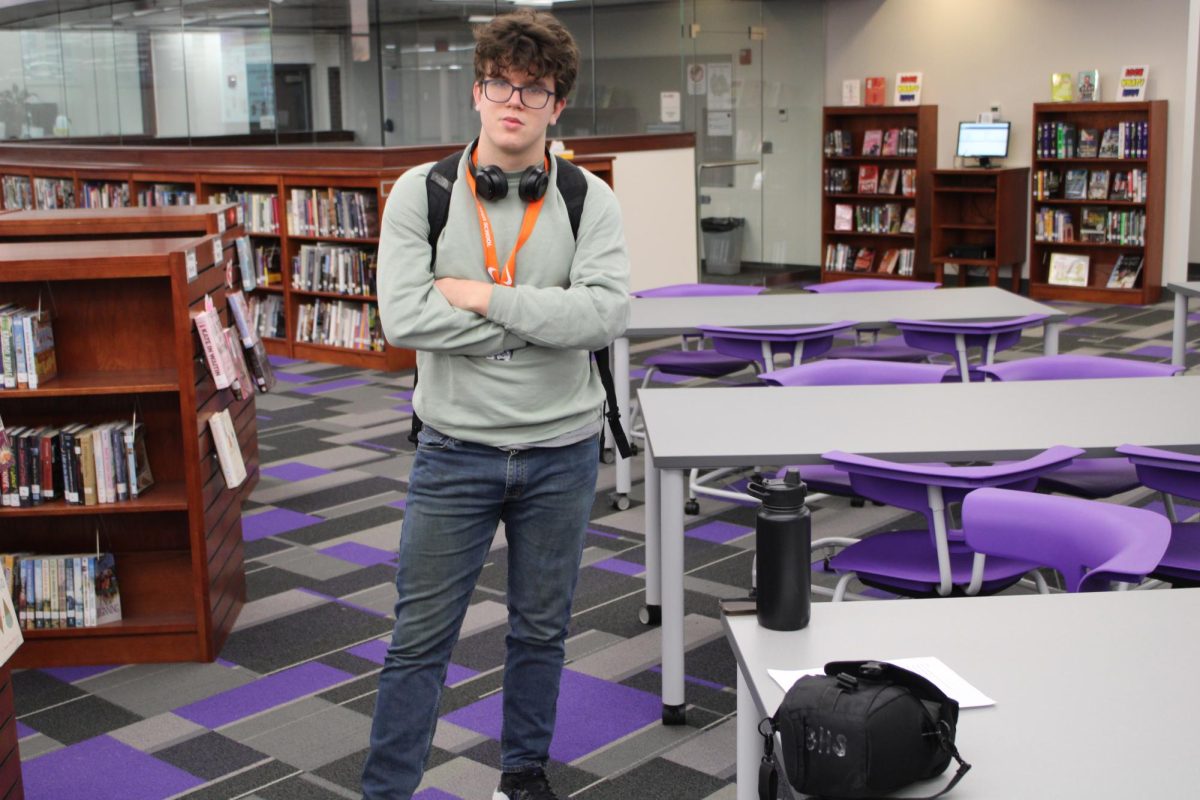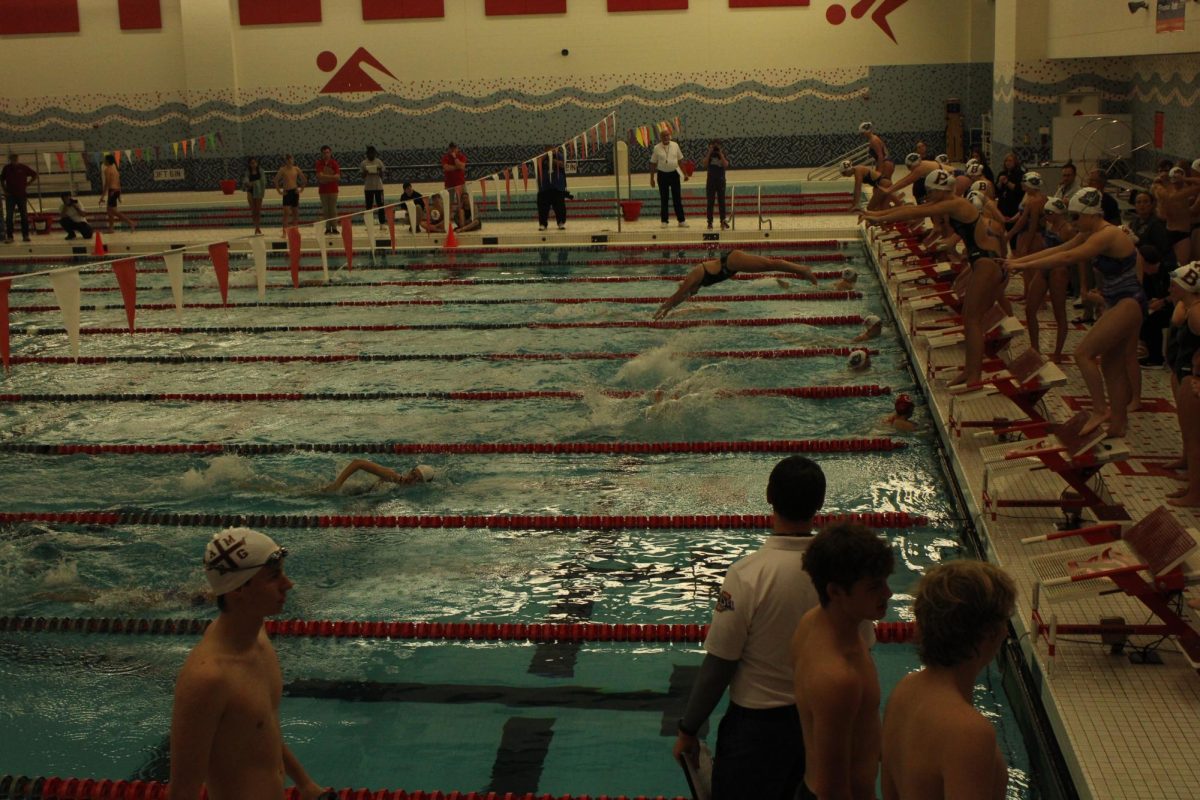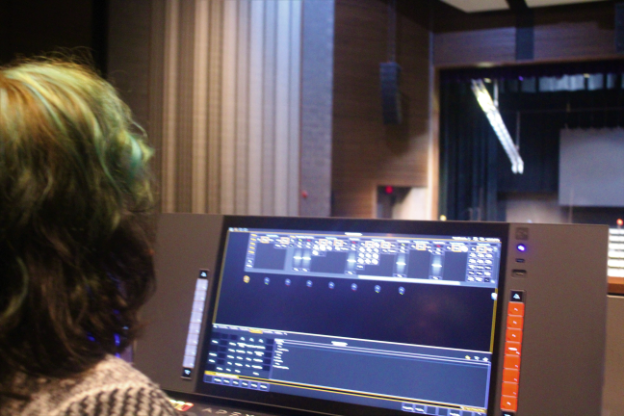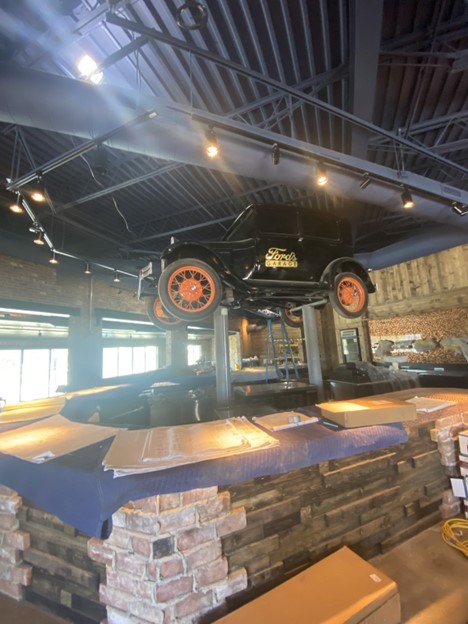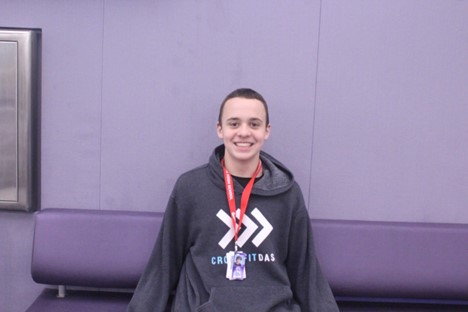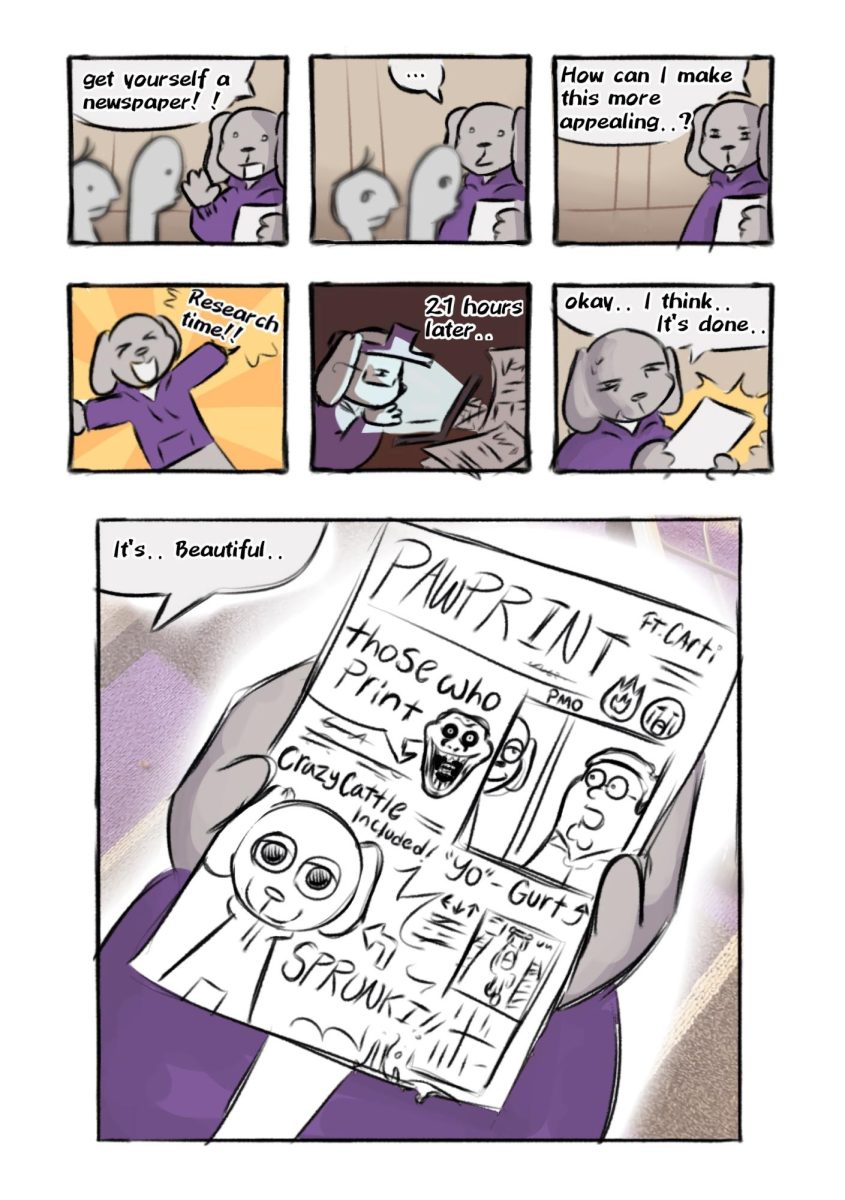AP Art, the Next Step for Artistic Students
May 11, 2022
With the school year coming to a close, many underclassmen are looking forward to the new classes and possibilities that come with the 2022-2023 school year. For many artistic juniors and some sophomores, two highly anticipated upcoming classes are the AP art classes, but what exactly do these courses entail?
“The basic structure is to grow yourself in your art skills,” AP 3D teacher, Mr. Catellier said. “You learn how to practice, refine, revise and just be better at your own art and create your own personal aesthetic.”
Mrs. Woodcock, the AP 2D and Drawing teacher speaks on the structure of the course. “The college board sets it up so that there are two main sections of the AP Studio class. One is sustained investigation where the student creates a theme they’re going to run with for the entire school year. They create 11 works of art based on that theme, but that theme needs to grow and evolve and change. And then they require sections of selected works where you create five of the most amazing things you can. We usually anticipate the students will enter the class with at least three of those, but then they’ll make more during the year.”
Besides the structure, Woodcock explains why the class is an important next step for art students. “The biggest takeaway for students in an AP Studio class is you really learn to think about why you’re doing what you’re doing. You don’t just create an assignment because a teacher told you to, you have to think about why you are arranging it on the page that way, why are you using that media, does it mean something deeper to you, do you want to express an emotion, how can you better create art for yourself that has a positive impact on you rather than just your grade.”
This draw to the class is exactly what Woodcock finds to be the most difficult part about teaching it. “The hardest part of teaching an AP art class is helping students to break out of their comfort zone and learn to create art in new ways. I think a lot of kids are set in ‘I like this one media, I always draw this one thing, I always put it dead center, I don’t care about the background.’ As a teacher, it’s really hard to get them to break out of what could be eleven years of art instruction and teach them to see art in the round and in new ways.”

Since the class is an AP course, it does have much more rigor than a normal art class. Catellier explains that students should expect “pain and suffering…. Just kidding, I think that students should expect to be challenged creatively, to come up with different ideas.”
Woodcock agrees that the course can be challenging saying, “The biggest challenge is deadlines. You have seven to eight days to make a work of art which is about half of the time given in a typical art class. [Students] are challenged with seeing the whole page, foreground, middle ground, background. They are challenged with how to grow a basic idea with their sustained investigation. And I think a lot of times, they are challenged by all of the talent sitting next to them and not letting that get in their head, making them afraid to try and keep doing better.”
Woodcock ends by giving advice to the incoming AP art students: “Work hard, don’t goof off in class, stay organized, show no fear and try everything. If you fail, at least you learned something, and the college board actually respects that.”





